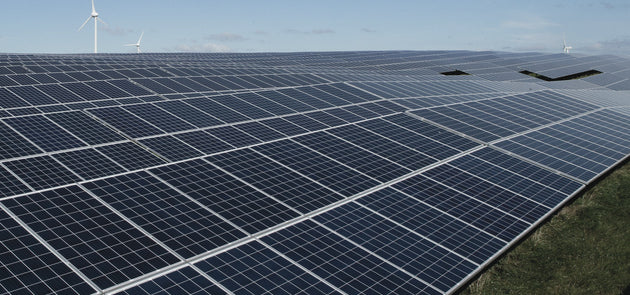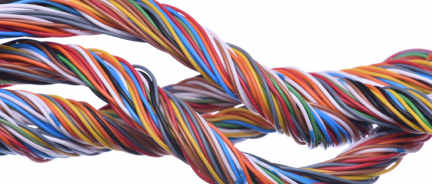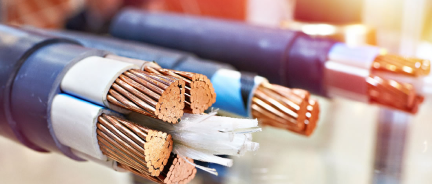What is the role of Neutral Wire?
A neutral wire is the part of a typical three-wire circuit together with a hot wire and a grounding wire. Out of the three, it is the one that is most commonly misunderstood. So, what does the neutral wire do?
The Role of A Neutral Wire
A neutral wire is a current-carrying conductor that brings current back to the power source to establish control over the voltage. Usually identified by its white color, it takes the unused electricity back to the transformer. Doing so allows the conductor's power to alternate and makes the circle of the electrical transmission complete. A neutral wire is half of a full circuit; the second half is a hot wire.
Neutral wires are only present in AC alternating current power circuits. Neutral wires that carry the current in regular 240V circuits are white, whereas the ones in industrial 480V circuits are gray.
Neutral Wires vs. Ground Wires
A neutral wire is not to be confused with a ground wire as they serve drastically different purposes. Interestingly, the National Electrical Code of the United States is the source of the confusion between the ground wire and a neutral one. NEC names the grounding connection as a "grounding" conductor and refers to the neutral connection as a "grounded" conductor.
Once this confusion is settled, it is actually relatively easy to distinguish between the two. A ground wire provides the pathway for the voltage to reach the earth. For example, if a lightning strike damages the lines outside of your house, a ground wire is there to guarantee that your appliances are not burnt in the process. By carrying the fault currents, a ground wire ensures the safety of an electrical circuit. Unlike the neutral wire, the ground wire does not actually carry the electricity.
North American Dilemma
While the neutral wire is a necessary component of a 3-wire system, it is not a part of every AC power circuit in North America. Some gadgets in the continent are designed to use a 208V 3-wire system with three hot wires and one ground wire. In this case, the power is carried by two hot wires in the circuit, and the neutral wire is omitted completely. There is no such thing as a 208V system in Europe, and the neutral wire is the part of the circuit at all times. The 3-wire system in Europe is designed symmetrically so that live and hot wire can be switched through rotating.
Neutral Wires In A Smart Switch

If you are in the process of home renovation, you might have dealt with neutral wires while replacing lighting circuits in your house.
As you may know, a neutral wire is a necessary component of a smart switch. A usual light switch in a North American house can be a mechanical switch that interrupts the power carried by a hot wire. In this case, the neutral wire is not a necessary component of a switch. However, a smart switch is an electronic system that requires a full circuit.


















